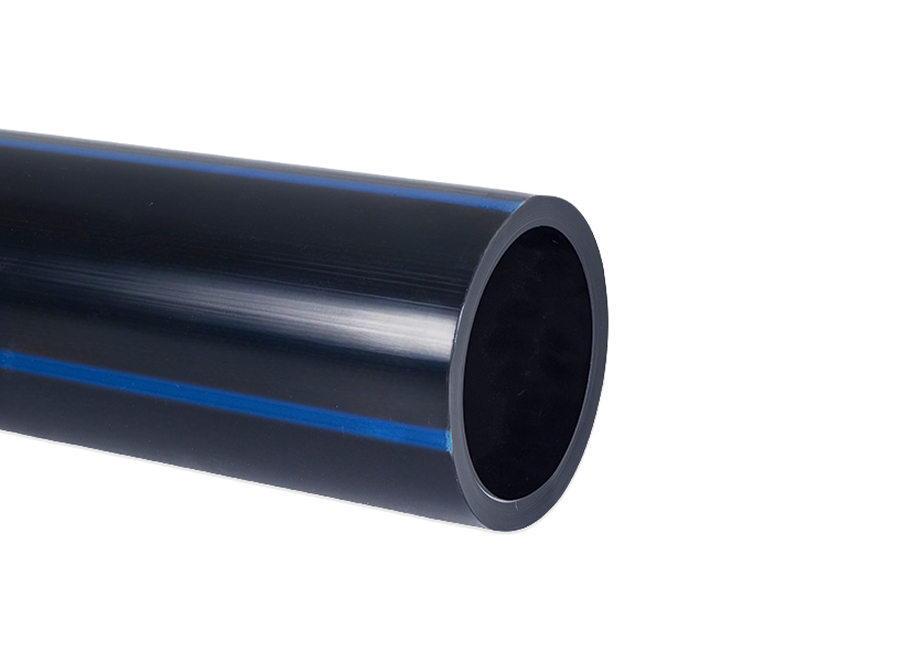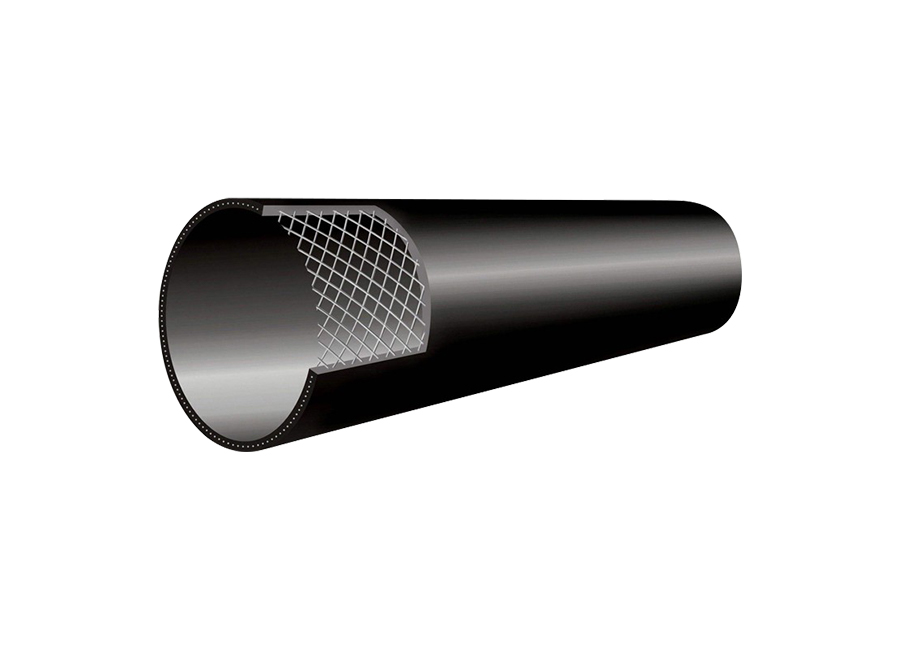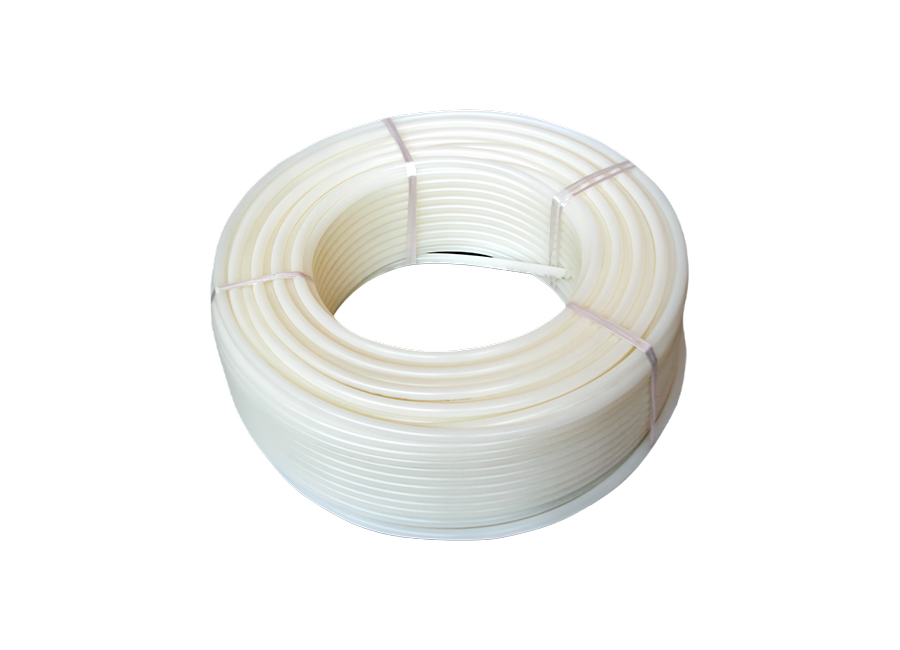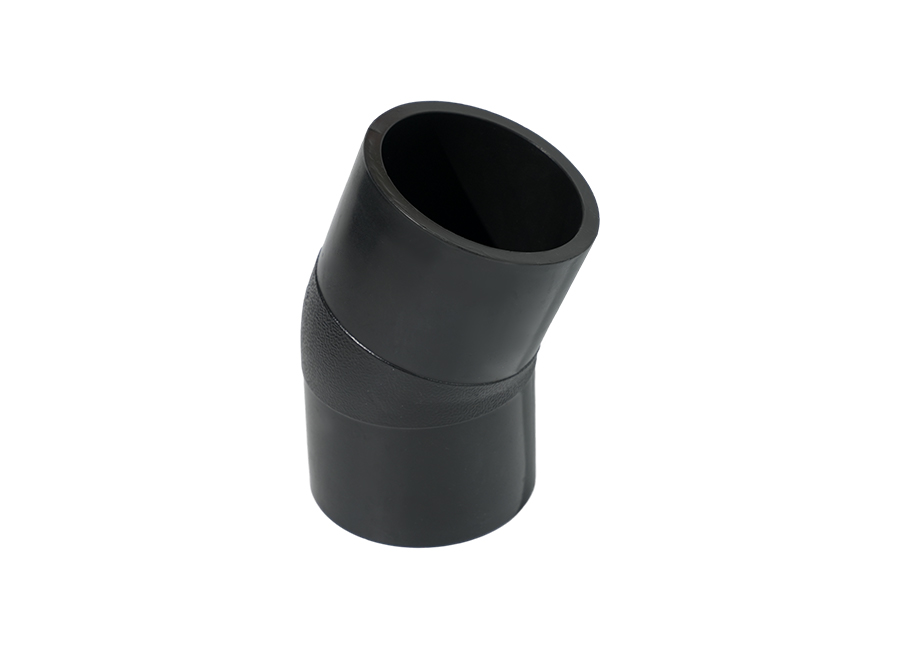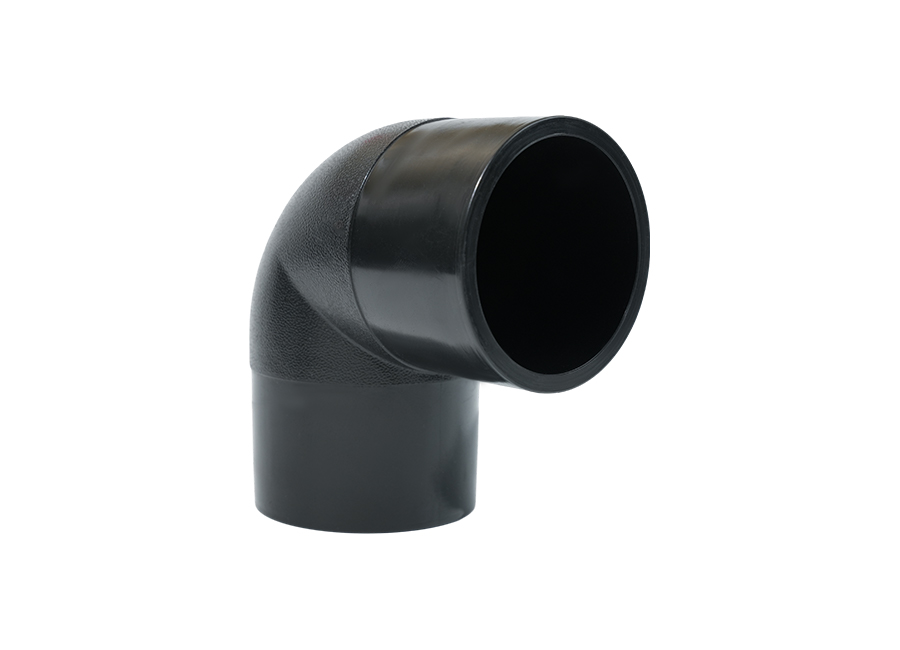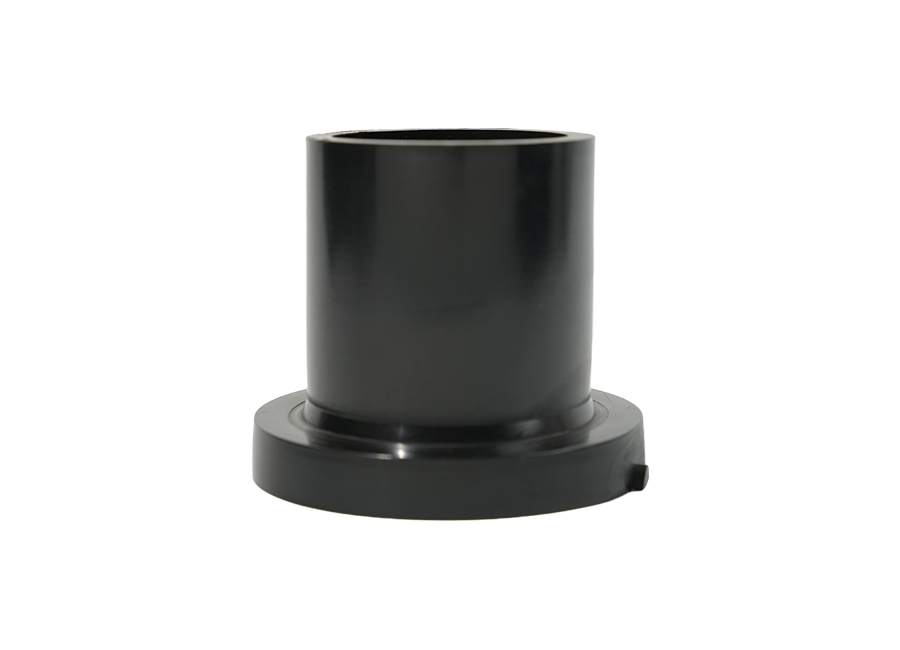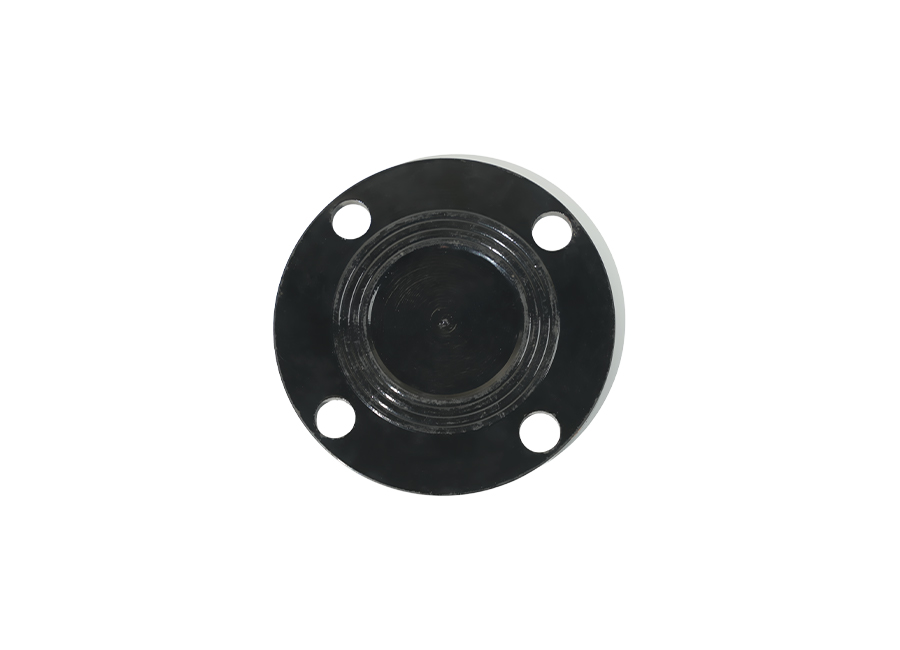As the hometown of Xu Xiake, the "world tourism expert", Xu Xiake Town, Jiangyin City, has made remarkable achievements in water environment governance in recent years. In 2023, the "Ecological Restoration and Biodiversity Enhancement Project of River Wetlands in Baiqugang Xu Xiake Area" implemented by the town was successfully selected as a central water pollution prevention and control fund support project. This project aims to improve the water quality and ecological environment of 32 rivers in the town through comprehensive measures. The sewage treatment project of Xu Xiake Town adopts a pipe fitting system based on PE (polyethylene) pipes. This choice fully considers the local geographical environment, engineering characteristics and sustainable development requirements. In such a major water environment governance project, the selection of sewage treatment pipe fittings is directly related to the quality of the project and the long-term operation effect. Therefore, it is necessary to comprehensively consider the material performance, environmental adaptability, construction convenience and economy.
1. Technical characteristics and advantages of PE pipes
In the sewage treatment project of Xu Xiake Town, polyethylene (PE) pipes are mainly used as core pipe fittings materials. This choice is based on the excellent performance of PE pipes in many aspects. As a high molecular polymer material, PE pipe has comprehensive advantages that other traditional pipes cannot match, and is particularly suitable for sewage treatment and environmental engineering.
In terms of physical and chemical properties, PE pipes perform well. This material has excellent corrosion resistance and can resist the corrosion of common acid and alkali substances, organic solvents and electrolytes in sewage treatment, avoiding the common electrochemical corrosion problems of metal pipes. At the same time, the inner wall of PE pipes is smooth, the roughness coefficient is low (n≈0.009), and the water flow resistance is small, which can effectively reduce dirt deposition and energy loss. Xu Xiake Town is located in the prime location of the Yangtze River Delta, with a high groundwater level and strong soil corrosiveness. These characteristics of PE pipes just meet the needs of the project.
From the perspective of mechanical properties, PE pipes have high toughness and impact resistance, and their elongation at break is usually more than 350%, which can adapt to uneven foundation settlement and external forces such as earthquakes. This feature is particularly important in soft soil foundation areas such as Xu Xiake Town. In addition, PE pipes are light (density is only 0.94-0.96g/cm³), which is 1/10 of the weight of concrete pipes of the same specifications, greatly reducing the difficulty of transportation and installation. Engineering practice shows that the use of PE pipes can reduce the use of construction machinery by about 30% and shorten the construction period by about 25%.
Connection reliability is another major advantage of PE pipes. The use of electric fusion connection technology can achieve an essential connection with a joint strength not lower than the strength of the pipe body, greatly reducing the risk of interface leakage common in traditional pipes. In the sewage treatment project of Xu Xiake Town, the pipe network system needs to cross complex terrain, and the connection quality requirements are extremely high. This feature of PE pipes just meets the engineering needs.
In terms of service life, PE pipes perform well. High-quality PE pipes can last for more than 50 years under normal conditions of use, which is much higher than traditional concrete pipes (about 20-30 years) and metal pipes (15-25 years). The life cycle cost analysis shows that although the initial investment of PE pipes is slightly higher, due to the low maintenance cost and long service life, its total cost over 50 years is 15-20% lower than that of traditional pipes.
Table: Performance comparison of PE pipes with other common pipes
|
Performance indicators |
PE pipes |
Concrete pipes |
Cast iron pipes |
|
Corrosion resistance |
Excellent |
Poor (needs anti-corrosion) |
Poor (needs anti-corrosion) |
|
Service life |
More than 50 years |
20-30 years |
15-25 years |
|
Connection method |
Electrofusion connection |
Rubber ring/mortar |
Flange/socket |
|
Roughness coefficient |
0.009 |
0.013 |
0.012 |
|
Weight |
Light |
Heavy |
Heavier |
|
Anti-foundation deformation |
Excellent |
Poor |
Medium |
2. Compatibility analysis between engineering requirements and pipe fittings selection
As the core project of the comprehensive improvement of the water environment in the region, the sewage treatment project in Xuxiake Town has the characteristics of large scale, complex system, and environmental sensitivity, which puts forward special requirements for pipe fittings. The high degree of adaptability between the engineering design scheme and the selection of pipe fittings is the key factor to ensure the successful implementation of the project.
The scale of the project and the complexity of the system require pipe fittings to have highly standardized and reliable connection performance. The water environment improvement project in Xuxiake Town covers 32 rivers, and the implementation content includes multiple subsystems such as pollutant interception, water purification, riverbed ecological restoration, and comprehensive restoration of aquatic ecosystems. Such a large engineering network requires various pipe fittings to be highly consistent in specifications, interfaces and performance. PE pipes have a high degree of standardized production, with a full range of specifications from DN50 to DN2000, and a unified connection method, which greatly simplifies the difficulty of system integration. In comparison, if concrete pipes or cast iron pipes are used, the diversity of their interface types and sizes will increase system complexity and reduce engineering reliability.
Terrain adaptability is an important consideration in the selection of pipe fittings. Xuxiake Town is adjacent to Taihu Lake in the south and Yangtze River in the north. The groundwater level is high and the bearing capacity of the foundation is low. Some pipelines in the project need to pass through soft soil foundations and existing structures, which requires extremely high flexibility and trenchless construction performance of the pipes. The flexibility of PE pipes allows them to adapt to a certain degree of deflection, and they can still maintain structural integrity and sealing under uneven settlement. In addition, PE pipes are suitable for construction using trenchless technologies such as horizontal directional drilling, which is particularly important when crossing sensitive areas such as roads and rivers.
Water quality characteristics and treatment processes also directly affect the selection of pipe fittings. During sewage treatment, pipes may be exposed to complex media containing corrosive substances, solid particles and microorganisms. The chemical inertness of PE pipes enables them to resist corrosive substances such as acid and alkali components and hydrosulfuric acid in sewage. Its smooth inner wall reduces dirt deposition and bacterial growth, which helps maintain treatment efficiency and effluent water quality. In contrast, metal pipes are prone to electrochemical corrosion, and concrete pipes may deteriorate due to sulfate-reducing bacteria. The Xuxiake Town project also includes process units such as ecological floating beds, aeration facilities and in-situ treatment of outlets. PE pipes are more compatible with these process equipment and are more convenient and reliable to connect.
Project staging and maintenance requirements are also important considerations. Large-scale water environment governance projects are usually implemented in phases, requiring the pipe system to have good scalability and maintenance convenience. The electric fusion connection technology of PE pipes allows for the convenient addition of branches or replacement of pipe sections in an already operating system without the need to shut down the water supply. As a component of the "Yangtze River to Taihu Lake" EOD project, the Xuxiake Town project may face system expansion and upgrades in the future. This feature of PE pipes provides long-term flexibility for the project.
Table: Correspondence between Xuxiake Town project requirements and PE pipe characteristics
|
Engineering requirements |
PE pipe solutions |
Limitations of traditional pipes |
|
Large-scale system integration |
High standardization, unified connection method |
Various interface types, poor system compatibility |
|
Soft soil adaptability |
High flexibility, allowing large deformation |
High rigidity, easy to break |
|
Non-excavation construction requirements |
Suitable for horizontal directional drilling technology |
Not suitable for laying with a small radius of curvature |
|
Corrosive medium environment |
Excellent chemical corrosion resistance |
Additional anti-corrosion measures required |
|
System expansion and maintenance |
Electrofusion connection facilitates the addition and subtraction of pipe sections |
Interface modification is difficult, and water outage operations are required |
|
Long-term economic efficiency |
Long life, low maintenance cost |
Short life, frequent maintenance |

 English
English 中文简体
中文简体 русский
русский عربى
عربى


